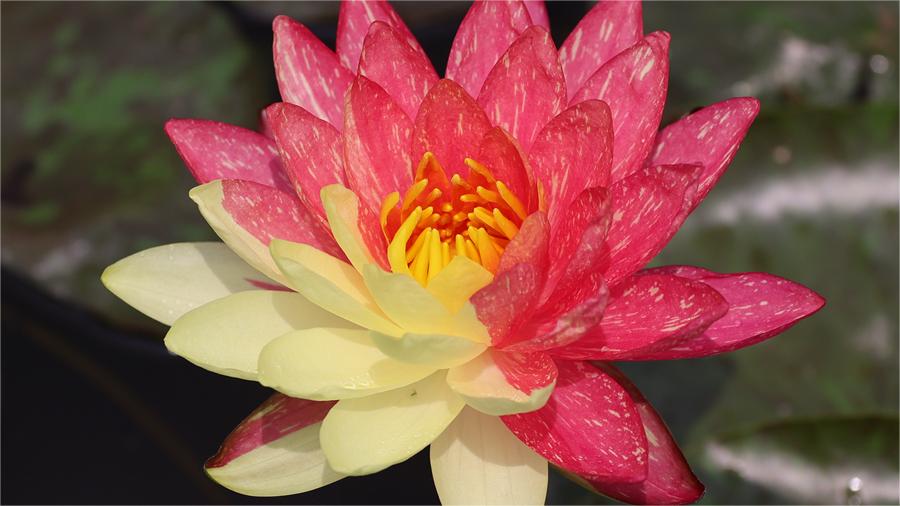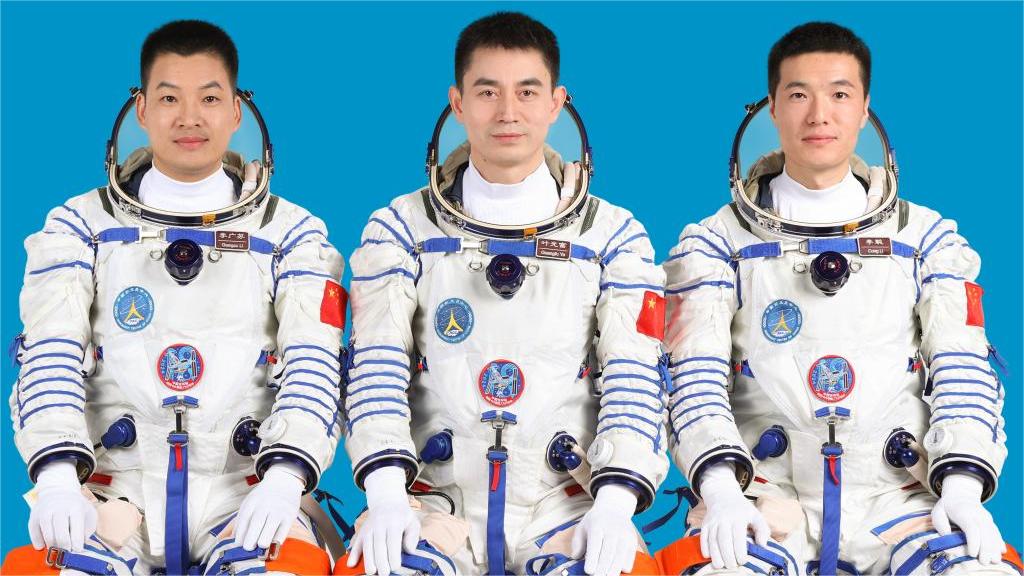China's Chang'e-7 lunar mission to carry instruments developed through int'l cooperation
WUHAN, April 24 (Xinhua) -- China's Chang'e-7 lunar exploration mission will carry six scientific instruments developed by six countries and one international organization, the China National Space Administration (CNSA) announced on Wednesday.
The Chang'e-7 mission, scheduled for launch around 2026, aims to survey the lunar surface environment, water, ice and volatile elements of lunar soil in the lunar south pole. It will also carry out research on the lunar terrain, composition and structure, the CNSA announced at the launch ceremony of China's Space Day in Wuhan, central China's Hubei Province.
The countries and the international organization participating in the development of the scientific instruments are Egypt, Bahrain, Italy, Russia, Switzerland, Thailand and the International Lunar Observatory Association.
The Chang'e-7 lander will carry laser retroreflector arrays developed by Italy to provide high-precision measurement on the lunar surface and navigation services of the orbiter.
A lunar dust and electric field instrument developed by Russia will be aboard the lander to detect the dusty plasma environment of the lunar surface.
A lunar-based telescope developed by the International Lunar Observatory Association will also be installed on the lander so that observations on the Galaxy, the Earth and the full sky can be made.
The orbiter will carry a lunar hyperspectral camera developed by Egypt and Bahrain to identify the lunar surface material and the lunar environment.
A moon-based, two channel spectrometer for Earth radiation measurement developed through cooperation between Swiss and Chinese scientists will be installed on the orbiter to monitor --for the first time from a lunar perspective -- the radiation incoming to and outgoing from the Earth's climate system.
The orbiter will also be equipped with a sensor package for space weather global monitoring to provide alerts and warnings of magnetic disturbances and radiation due to solar storm.
Photos
Related Stories
- China publishes world's first high-definition lunar geologic atlas
- New journey begins for fourth phase of China's lunar exploration program
- Legends, folktales behind China's lunar exploration
- Carrier rocket for China's Chang'e-6 lunar probe arrives at launch site
- China's manned lunar exploration program in smooth progress: CMSA
Copyright © 2024 People's Daily Online. All Rights Reserved.









